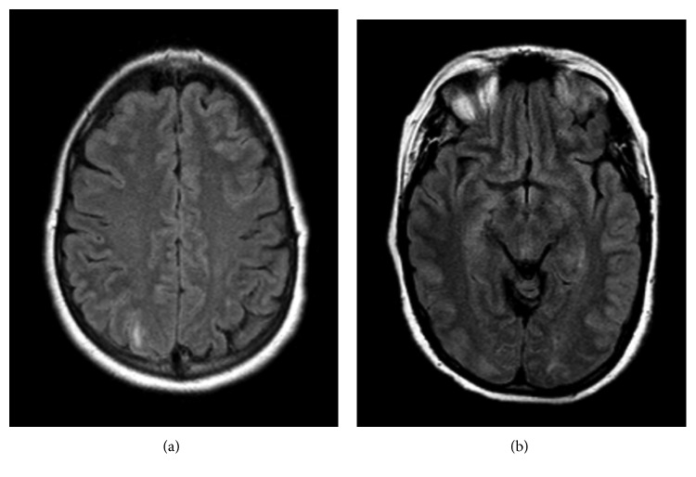
- Posterior reversible encephalopathy syndrome (PRES) occurs because of an inability of the posterior circulation to autoregulate in respond to changes in blood pressure.
- Similarly, high blood pressure is a common side effect of butalbital-acetaminophen-caffeine due to the caffeine content.
- This article highlights the case of a 54-year-old female who developed the worst headache of her life after taking this medication.
This article reports the case of posterior reversible encephalopathy syndrome caused by bulbital-acetaminophen-caffeine, resulting in a subsequent elevation of blood pressure. العاب مراهنات In this case a 54-year-old right-handed reported to the emergency with the a unilateral headache involving the left periorbital and occipital temporal scalp. Her medical history revealed that she was taking 2 tablets of butalbital-acetaminophen-caffeine every 6 hours for 3 days. Examination showed an elevated blood pressure of 178/87 mm Hg, heart rate of 76 beats per minute, respiration of 18 per minute and temperature 98.2° Fahrenheit.
The patient described her headache as the “worst headache of her life”.
She described the pain as sharp and pounding, associated with gait instability and sensorial changes to her left arm. However, she had no complaints of rigidity, neck pain, nausea or vomiting, phonophobia, photophobia and vision changes. There were no exacerbating or relieving factors, either.
She had previously visited a different hospital the previous day. The doctors recommended heat CT and lumbar puncture which were unremarkable. The intensity of her headache was sharp and did not relieve even after taking two tablets of butalbital-acetaminophen-caffeine and tramadol 50 mg. At this point her blood pressure was recorded to be 145/85 mmHg. The hospital emergency staff prescribed her analgesics. However, the medications were only a temporary relief. The examination findings were consistent with the diagnosis of a migraine. Doctors instructed her to continue with butalbital-acetaminophen-caffeine 50-325-40 mg and metoclopramide 10 mg and and motrin 600 mg.
This was the first time she was experiencing such excruciating headaches, she had no previous history. Although her medical history revealed hypertension, hyperlipidemia, anxiety and lower extremity pain. She had no history of atrial fibrillation, stroke or seizures. In addition, denied any other drug use, smoking, coffee or alcohol consumption.
The patient’s initial physical examination showed acute distress secondary to severe headache.
However, she was oriented to person, place and time. On examination, her extraocular movements were intact, pupils were equal, round and reactive to light. The patient’s finger/nose test and heel/shin test showed abnormal cerebellar function. In addition, her gait was unstable and abnormal and required support. She also exhibited sensorial changes in the upper extremity with cognitive impairment to memory and concentration. Similarly, she also exhibited with seizure like-activity of the upper extremity without loss of consciousness. Doctors advised an MRI/MRA because of the persistent headaches. The MRI showed oedema which led to the diagnosis of posterior reversible encephalopathy. She was given topiramate, losartan/hydrochlorothiazide and amlodipine for the headaches.
The patient went to work the next day and developed a severe headache, describing the pain as stabbing and hammering. Similarly, the pain worsened with any movement or exertion. betfinal عربي She complained of floaters and visual hallucinations of, “puzzle pieces,” “squiggly lines,” and “phantom images, also. Doctors advised a follow-up MRI which showed some improvement in the oedema of the subcortical regions and bilateral occipital lobe. Therefore, the dose of her medication was improved. Her headaches slowly became less frequent with time. 8 months after her initial diagnosis, the topiramate was increased to thrice.
A few months down her treatment, she also developed clinical depression. Therefore, doctors referred her for psychiatric evaluation. arabic casino Two years later, she still struggles with the headaches. She was unable to return to work because of her persistent headaches. Likewise, because of an inability to work and inability to make a full recovery, she still struggles with depression.
References
Posterior Reversible Encephalopathy Syndrome Caused by Fioricet (Butalbital-Acetaminophen-Caffeine) https://www.ncbi.nlm.nih.gov/pmc/articles/PMC6657631/



